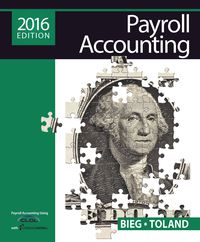Answered step by step
Verified Expert Solution
Question
1 Approved Answer
12 13 140 15 16 17 18 19 20 Question 15 Units Unit Cost Total Cost Balance at 1/1 5,000 $10.25 $51,250 Purchase 1/5 6,000

Step by Step Solution
There are 3 Steps involved in it
Step: 1

Get Instant Access to Expert-Tailored Solutions
See step-by-step solutions with expert insights and AI powered tools for academic success
Step: 2

Step: 3

Ace Your Homework with AI
Get the answers you need in no time with our AI-driven, step-by-step assistance
Get Started


